
The Bourse de Commerce – Pinault Collection unveils “Corps et ames,” an exhibition that seeks to explore the body in contemporary thought. Running from March 5, 2025, in Galerie 3, it brings together an eclectic mix of artists whose works delve into the physical and metaphysical. From iconic figures like Auguste Rodin and Duane Hanson to contemporary voices like Michael Armitage, Kerry James Marshall, and Deana Lawson—who makes her debut exhibition in France—the exhibition invites visitors on a visceral journey through the different ways the body has been portrayed and transformed in the arts. The collection speaks not only to the physical form but also the energies, histories, and struggles carried within it.
ART
The title of the exhibition—”Corps et ames”—sets the tone for the viewer, offering an intricat connection between the physical body and the human soul. Echoing Anna Halprin‘s seminal piece “Ceremony of Us,” where black and white dancers came together in a defining moment after the race riots of the late 1960s, the exhibition’s narrative focuses on reclaiming our vital energies and our shared humanity. The emphasis is on inclusivity, on breaking barriers between races, genders, and histories—an ethos Halprin’s work encapsulated. Such unity is essential today as we confront new challenges and uncertainties.

Anchoring its exploration in the civil rights, feminist, and peace movements of the 1960s, the exhibition is a meditation on the continuum of human struggle. Duane Hanson’s hyper-realistic sculptures remind us of the everyday individuals at the heart of these movements, while Philip Guston offers a critique of society’s complacency. Georg Baselitz‘s works, with their imagery of floating bodies, explore the sacred and the macabre, offering a visceral depiction of how anger and tension manifest within and beyond the individual. Miriam Cahn‘s installation “Ritual” furthers this exploration, presenting vibrant, organic forms that evoke a sense of interconnectedness.
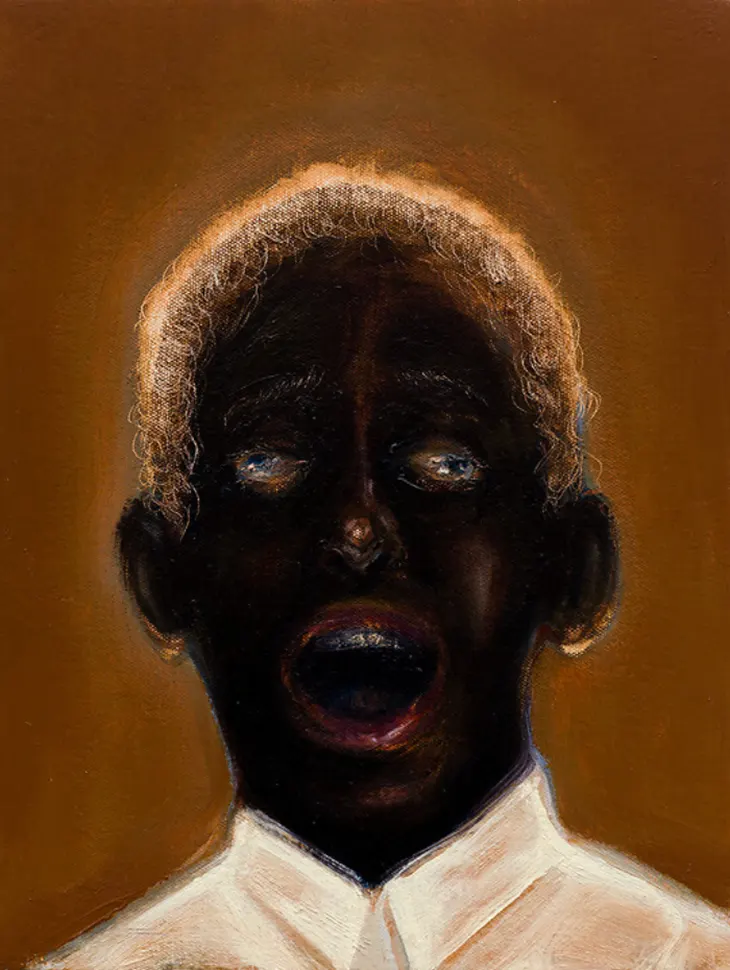
The works gathered here challenge the limitations of representation. These artists refuse to merely depict bodies; they seek to express the invisible forces that move through them—the currents of trauma, history, and societal tension. Arthur Jafa‘s contributions, for instance, reflect on colonial histories and racial identity, capturing powerful narratives through a lens that cuts across time and cultural boundaries. Lynette Yiadom-Boakye’s evocative paintings, meanwhile, play with the ambiguity of representation, blurring lines between real and imagined identities. The works here prompt viewers to look beyond the form to uncover buried histories and complex cultural inheritances.
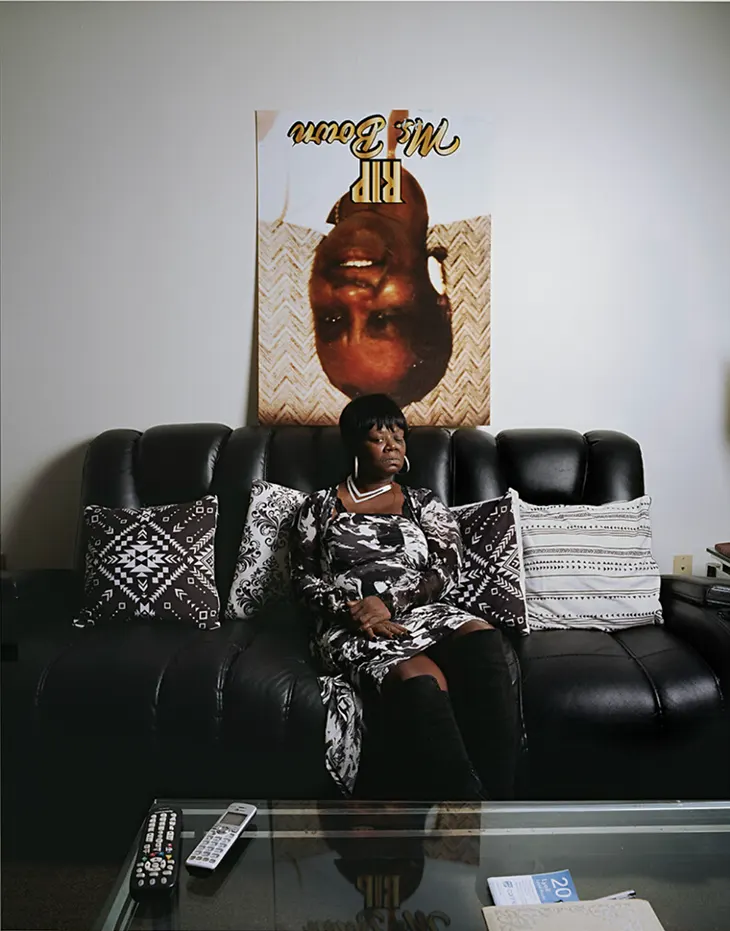
One of the most compelling aspects of “Corps et ames” is how it embraces themes of displacement and heritage. Ana Mendieta’s poignant exploration of her own exiled identity speaks to the universal experience of being uprooted—a deep yearning for a lost connection. This theme is mirrored in the work of Lebanese artist Ali Cherri, who takes over the Passage at the Bourse de Commerce. Cherri’s installation draws upon the idea of dephasing, juxtaposing ancient and modern worlds, belief systems, and the myths we continue to carry with us. His unique use of the display cases as “phase-sculptures,” corresponding to 24 frames per second of a film, allows viewers to experience the imagery as both static and dynamic.
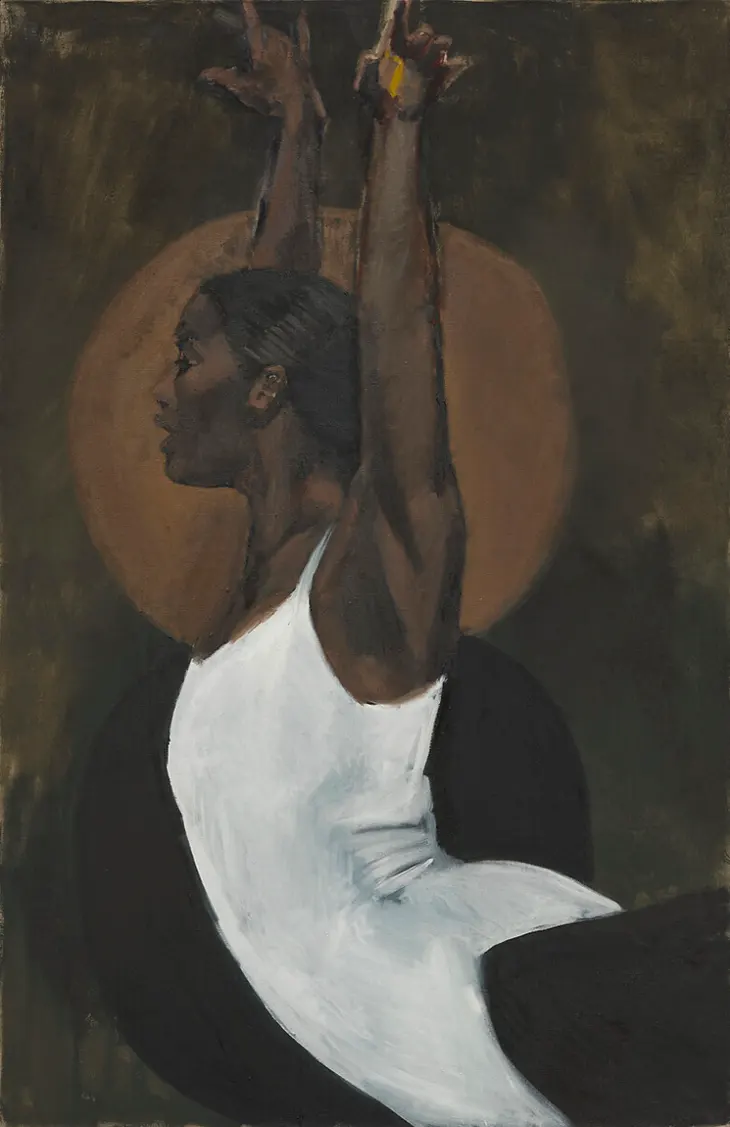
“Corps et ames” challenges us to rethink how we perceive the body in art—not just as a visual form but as a vessel of memory, resistance, and change. It reveals the connections between the physical and emotional, past and present, urging viewers to engage with the complexities of human existence.
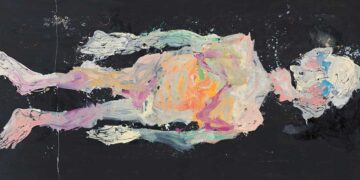












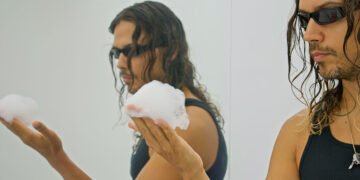

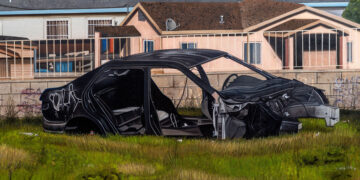



on my list! I am in paris next week!